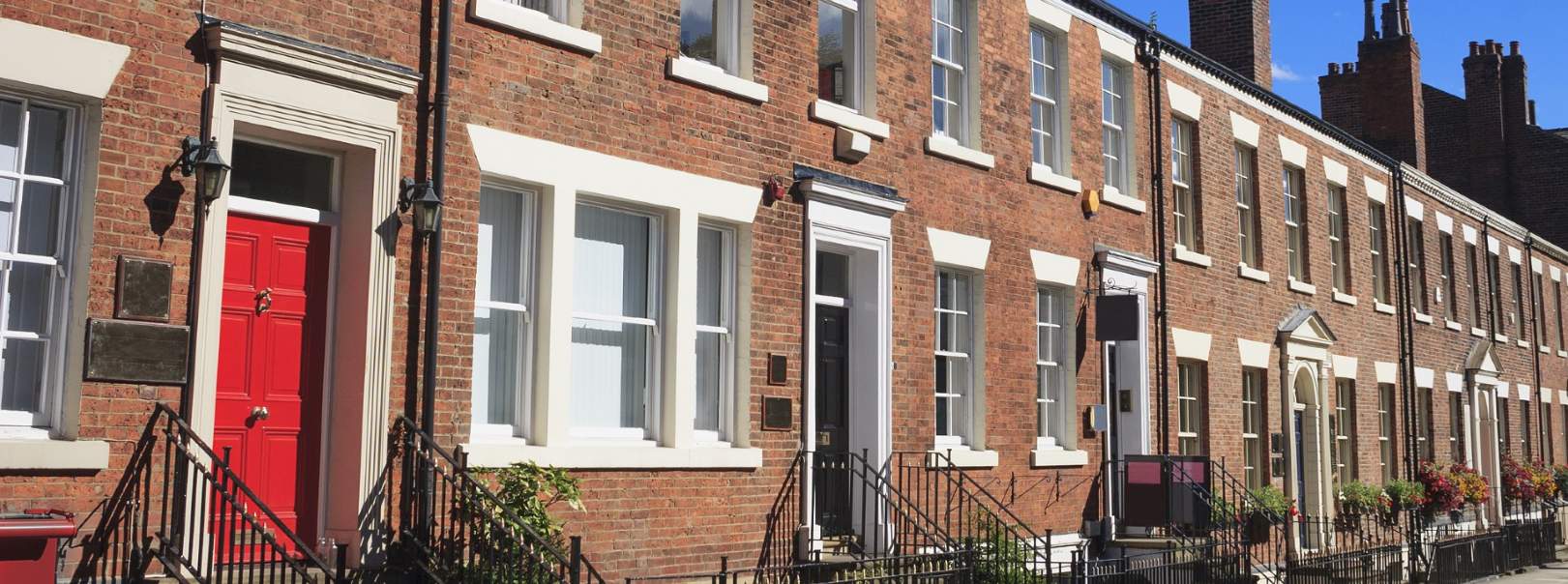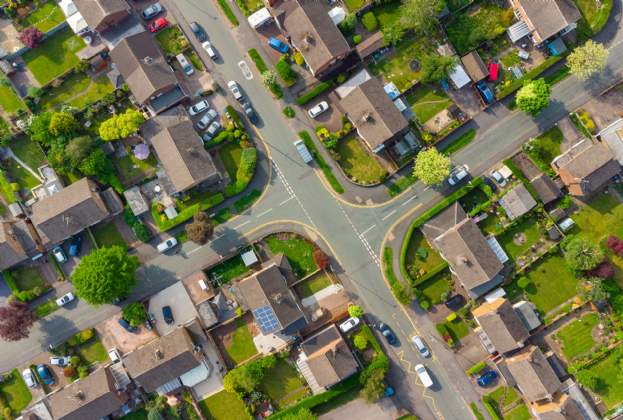Changes in policy and guidance
The National Planning Policy Framework (NPPF) – the latest consultation of which Savills has just responded to – was most recently revised in December 2023 and added a new idea to paragraph 164. In determining planning applications, the new NPPF paragraph requires that the decision maker, ordinarily the local planning authority (LPA), must give ‘significant weight’ to energy efficiency measures (including those made to designated heritage assets) and this should be applied in conjunction with the ‘great weight’ attributed to the conservation of heritage assets included later on in section 16 of the NPPF. The new paragraph now directs decision makers to show that the need for improved energy efficiency and low carbon heating has been factored into the planning balance. It is a welcome move in the right direction.
Other guidance has also been updated to encourage the owners of historic buildings to improve the energy efficiency of their homes. The recent Historic England Advice Note: Adapting Historic Buildings for Energy and Carbon Efficiency reassures owners that mitigating climate change and conserving historic buildings are compatible goals and that the appropriate adaptation of historic houses is a key part of the solution for lower carbon emissions.

.jpg)
.jpg)
.jpg)
.jpg)
.jpg)
.jpg)

.jpg)
.jpg)
.jpg)